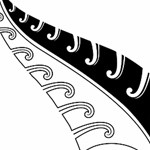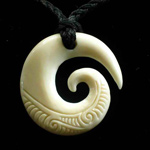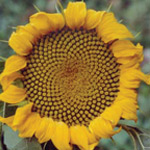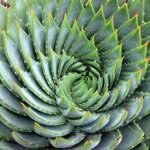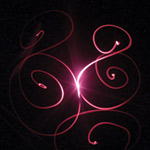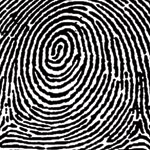
The spiral exists in many forms in nature, from the familiar curved horn of the ram or the goat, to the horns on the antelopes on the plains of Africa and the tusk on the narwal, to the shell of a snail or nautilus and the cluster of petals in a rose, all the way to magnetic fields at the earth's poles, and even in the galaxies swirling in space. The spiral seems to be nature's way of mesmerizing the observer with a sense of eternity. Spirals fascinated many early cultures, from the Celts and the Norse in Western and Northern Europe, to the Greeks and Romans around the Mediterranean. They saw the Equiangular Spiral, also known as the logarithmic spiral, Bernouli spiral and logistique and the study of the spiral helped fuel early mathematics and geometry. And it certainly influenced their art and the idea that there were laws and rules that governed proportion in both architecture and art. Think of the Golden Mean, also known as the Golden Ratio and the Divine Proportion. These ideas gave rise in turn to the Golden Rectangle and the Golden Triangle.
According to depth psychologists, the spiral symbolizes our inner and outer journey to God and the Self. In a word, our soul. And even that may be selling the spiral short. They've been described as 'the actual shape of fluid energy evolving order from chaos'. Take a closer look at a DNA molecule and you'll see spiralling nucleic acids, the classic double helix.
See also: Crosses and Maori Tattoo Designs.


